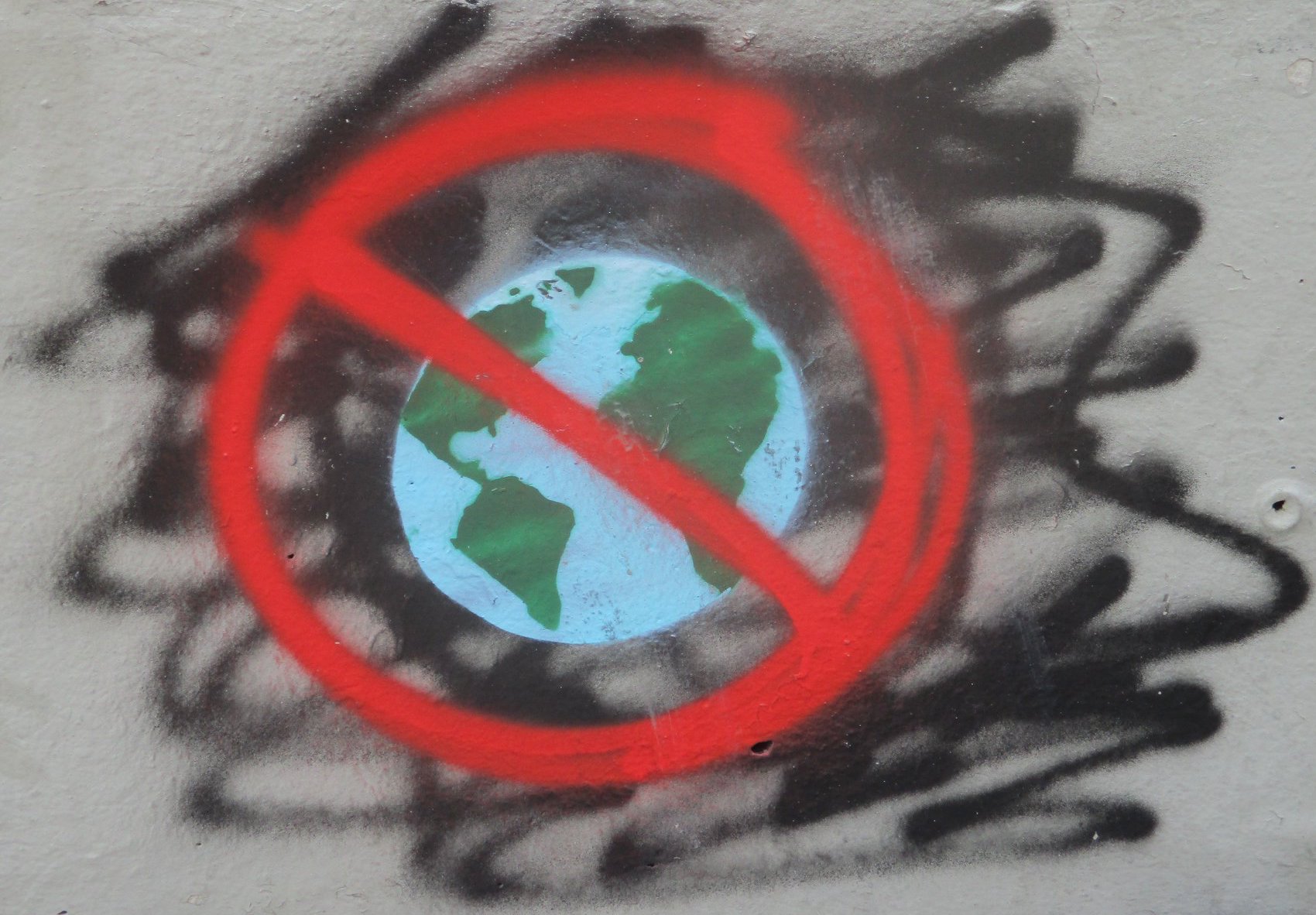
In the time-honored tradition of climate summits, COP28 wrapped up in overtime in Dubai Dec. 13, after frantic late-night horse-trading secured a deal that divided opinion. For some, the so-called “UAE Consensus” that agrees to “transition away from fossil fuels” is a historic first commitment (albeit vague and non-binding) to eliminate the main cause of climate change. For many climate activists and other sceptics, however, it represents a baby step on a marathon that requires a flat-out sprint. Arguably of greater import was the agreement to launch a loss and damage fund, after a hard year of talks. COP28 also agreed on a first Global Stocktake: an assessment of climate progress to date, and a roadmap for what still needs to be done—it calls, for example, for a tripling of renewable energy capacity.
But significant holes remain. One of the biggest shortcomings of COP28 was its lack of finance commitments, reinforcing a long-running sore that has greatly contributed to global mistrust in climate talks. The money lower-income countries need to adapt is way behind what’s needed. Rich countries promised in 2009 to deliver $100 billion per year by 2020—an annual target that may be met for the first time this year. A New Collective Quantified Goal for Climate Finance—a larger one—is set to be decided at COP29, to be held in Azerbaijan.
From The New Humanitarian, Dec. 15
See our last report on the UN climate process.
Photo: CounterVortex





COP28 embraces nuclear power
At the COP28 climate summit, 20 countries from four continents launched the Declaration to Triple Nuclear Energy. The Declaration “recognizes the key role of nuclear energy in achieving global net-zero greenhouse gas emissions by 2050 and keeping the 1.5-degree goal [agreed to at Paris in 2015] within reach.” (Energy Department)